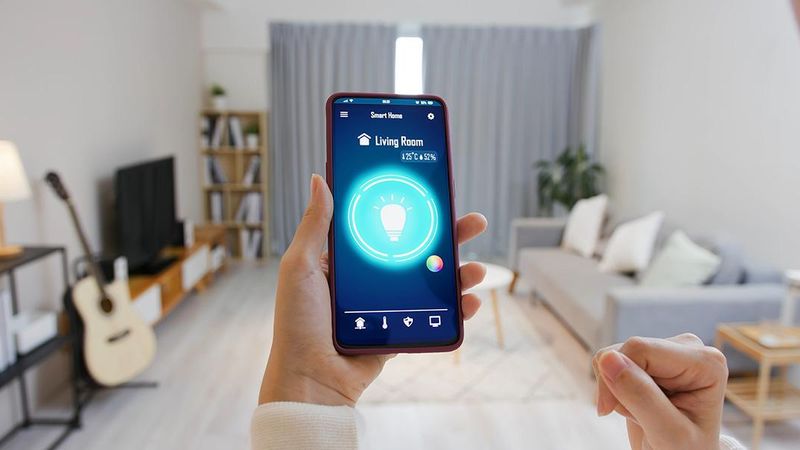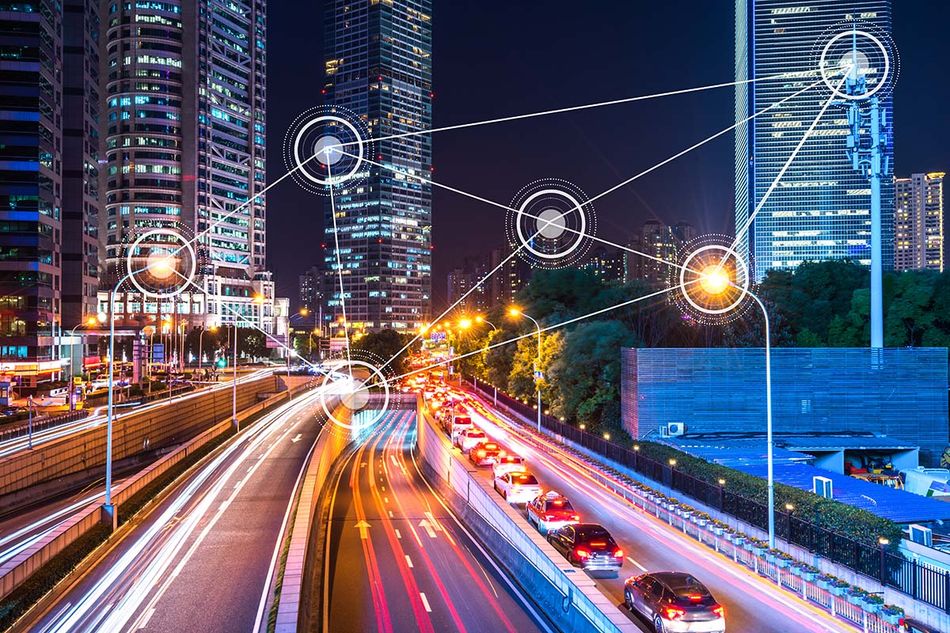Illuminating the Present: The Current State of Lighting Evolution with IoT Integration
Lighting illuminates indoor and outdoor spaces. The use of IoT is also advancing in lighting, which is indispensable for our daily lives.

This article was first published on
article.murata.comLighting illuminates indoor and outdoor spaces. The use of IoT is also advancing in lighting, which is indispensable for our daily lives.
Smart lighting for home use is becoming more commonplace, and lighting fixtures equipped with Bluetooth and wireless LAN can be linked to smart speakers, enabling lighting to be turned on and off and light intensity to be adjusted via voice commands or through a smartphone or tablet. However, this is only the beginning of IoT lighting features. In this installment, let’s take a look at evolving IoT lighting features and applications.
First of all, lighting tends to be installed in high places, such as on ceilings and telephone poles. Because of this, it is expected that combining IoT, artificial intelligence (AI), and lighting will make it possible to establish networks and new services that make use of this “advantageous position.”
Watching over the elderly, for example. By leveraging the advantageous position of being able to monitor people’s movements from the ceiling, motion sensors can be incorporated into IoT lighting to regularly check the movements of elderly people. Notification of movements to a remote family member’s smartphone can be used to ensure safety, including survival confirmation and crime prevention. At the same time, it is also an important function from the viewpoint of energy conservation, as it can be used to prevent lights from being left on, for example, by automatically turning them off after a certain period of time. In addition, a service has started that automatically adjusts the brightness, temperature, and bed inclination angle according to the sleep state by linking IoT lighting with sensor-equipped beds and air conditioners.
Cameras can be mounted on IoT lighting for monitoring, but the advantage of using sensors to detect movement in a “lax” manner is that they can be used without feeling the eyes of others watching. On the other hand, IoT lighting integrated with cameras is progressing in factories and warehouses. Integrated lighting and cameras ensure brightness and provide a clearer picture of people’s movements. Services have been commercialized that use AI to analyze big data collected in a cloud environment via a network and issue warnings if people are about to collide with each other at a corner, or to efficiently position people and equipment by analyzing the flow of people.
Making Effective Use of IoT Lighting for Energy Saving and Failure Prediction
The Japan Lighting Manufacturers Association (JLMA), of which major Japanese lighting manufacturers are members, has defined smart lighting and other value-added lighting as Connected Smart Lighting and Human Centric Lighting (CSL & HCL), and began publishing their proportion of shipments in April 2020.
In fiscal 2020, such high-performance lighting accounted for 14% of all shipments, but in fiscal 2021 (April to October), the proportion increased to 18%, and exceeded 20% for home use. In addition, environmental sensors are being installed on streetlights throughout cities to acquire various data such as temperature, humidity, air pressure, and wind speed, and the analyzed information obtained from this data is provided to residents, thereby improving the appeal of the municipality.
The adoption of IoT lighting is accelerating around the world. Since IoT lighting is also essential for the realization of smart cities, proof-of-concept demonstrations are being carried out in European countries such as Germany and Spain, as well as in Cambodia in Southeast Asia. IoT lighting will create environments leading to improved services for residents by centrally managing IoT streetlights, ensuring appropriate illumination level in each area, and saving energy, as well as knowing when to replace lights and predicting failures.
Lighting accounts for a big part of the energy consumed by households and businesses. With growing environmental awareness due to the SDGs and the rising focus on carbon neutrality, it is increasingly important not only to save energy by switching to LED lighting, but also to control lighting more efficiently using IoT and AI. Given this trend, IoT lighting is sure to evolve further.

If you have any questions based on this article that you would like to discuss with an expert at Murata, don't hesitate to reach out. There's an entire team ready to support you with your question.
